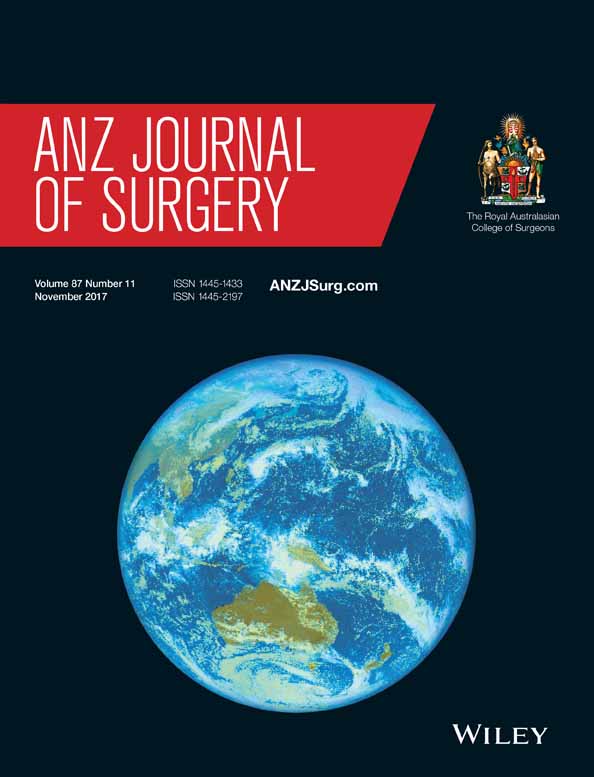Clinical manifestations and risk factors of anastomotic leakage after low anterior resection for rectal cancer
Abstract
Background
Anastomotic leakage is a common complication that can be associated with catastrophic consequences. However, the risk factors and incidence of anastomotic leakage vary considerably among clinical studies because of the lack of a standardized definition, clinical course and appropriate treatment options. The aim of this study was to identify and classify the clinical manifestations and treatment of anastomotic leakage and analyse the possible risk factors after low anterior resection.
Methods
From January 2009 to June 2010, 632 patients underwent low anterior resection for primary colorectal cancer at Samsung Medical Center. Patients with only one colorectal anastomosis were included from this prospectively collected medical database.
Results
The overall leakage rate was 6.0% (n = 38). In cases of generalized leakage, the patients that selected surgical management, regardless of having protective enterostomy and time of occurrence, had better outcomes. Protective enterostomy did not have a preventive effect and was not associated with a lower rate of anastomotic leakage. However, protective enterostomy confined the inflammation to only the pelvic cavity (P = 0.045) and no surgical intervention was initially needed. Male gender (P = 0.021, relative risk (RR) = 2.680, 95% confidence interval (CI) = 1.164–6.171) and side-to-end/J pouch-to-end anastomosis (P = 0.012, RR = 2.696, 95% CI = 1.249–5.818) were significant risk factors that affected anastomotic leakage.
Conclusion
Surgical management is the best choice for generalized leakage. A protective enterostomy diminished the occurrence of generalized leakage and consequent surgical management; therefore, fragile patients at high risk for anastomotic leakage are recommended to undergo protective enterostomy.




